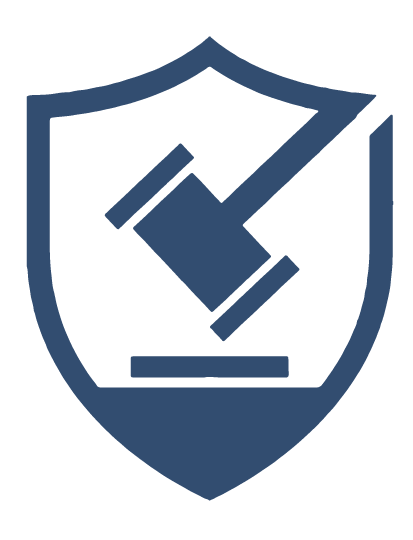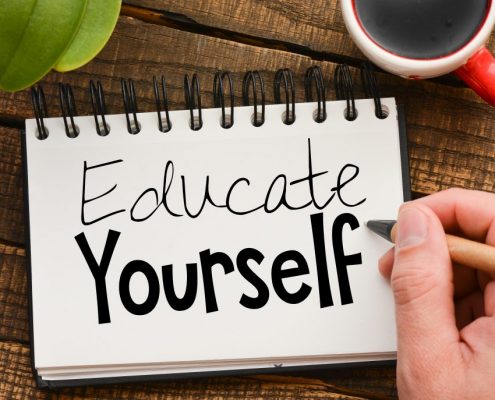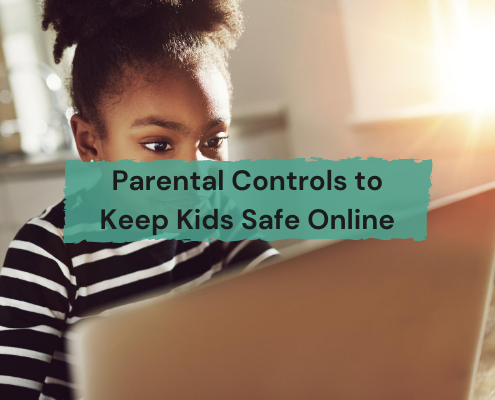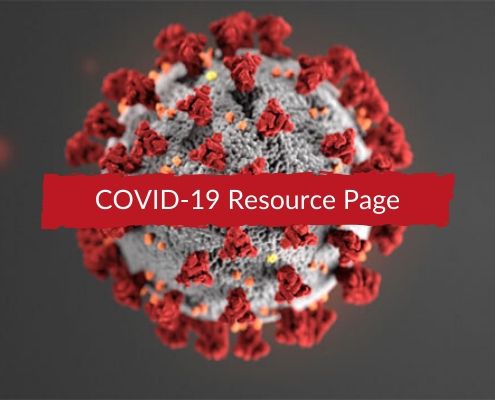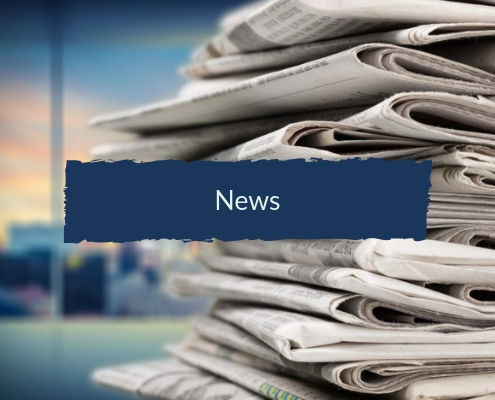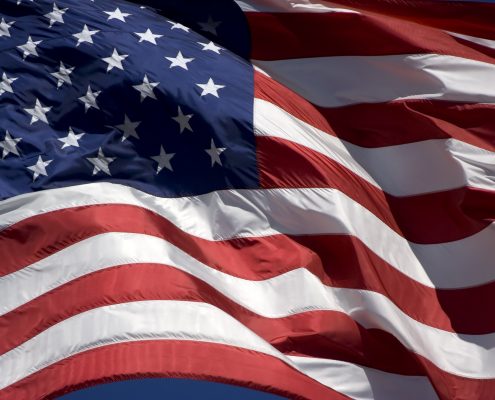Most federal student loan borrowers have had their payments paused since March 2020 due to the COVID-19 emergency. That payment pause will end on Jan. 31, 2022. This means student loan borrowers will have to start making payments after this date.
The transition back to paying student loans may be challenging or confusing for some. But the Department of Education is offering tips to help make it as easy as possible.
If you are a student loan borrower, you can prepare by doing the following:
- Update your contact info with your loan servicer and at gov.
- Review your auto-debit enrollment or sign up for auto-debit for the first time. If you use auto-debit, you could get a 0.25% interest rate reduction on their loans.
- Use Loan Simulator to make sure you are on the best repayment plan, especially if your financial situation has changed.
- Consider applying for an income-driven repayment (IDR) plan. An IDR plan can make your monthly payment more affordable. Plus, if all your loans are Direct Loans, you can now self-report your income when applying for or recertifying an IDR plan.
- Review the requirements for loan forgiveness programs, including the recent big changes to Public Service Loan Forgiveness (PSLF). While many changes will be automatic, some borrowers will need to take steps. Learn more about these PSLF changes at gov/pslfwaiver.
Go to StudentAid.gov/coronavirus to find the most up-to-date information about student loan payments restarting. You can also read about 6 Ways to Prepare for Student Loan Repayment to Begin Again.
The U.S. Department of Education wants to help all student loan borrowers successfully restart their loan payments and have the support and resources they need to do so.
If you have questions or concerns about your student loans, please contact your federal student loan servicer for free help.
